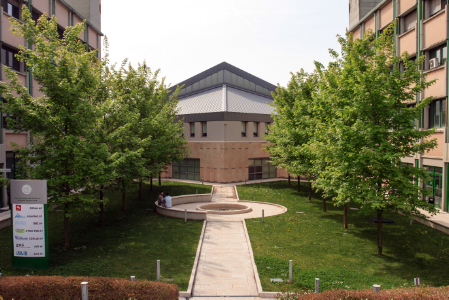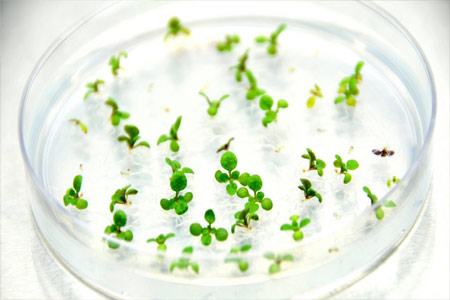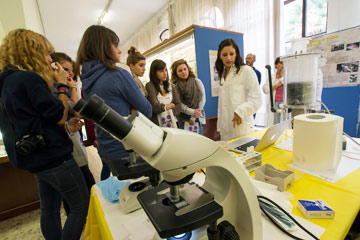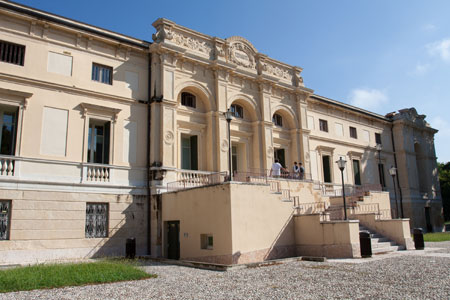Relatore:
Prof. Enrico MARTINOIA
- Department Plant and Microbial Biology, University Zurich
mercoledì 18 aprile 2018
alle ore
14.30
Sala Verde- Piramide Cà Vignal - Strada Le Grazie 15, Verona
Strigolactones are carotenoid-derived sesquiterpenes originally found as growth stimulants for parasitic weeds. Many years after this discovery scientists recognized that strigolactones exuded by plant roots induce hyphal branching of mycorrhizal fungi and strongly promote mycorrhization. This plant-fungal symbiosis, which can be observed in more than 80% of land plants, allows the plant to exploit more efficiently nutrients from the soil, such as phosphate and nitrogen, but also water than if they would rely only on their root system. This is particularly true on nutrient-poor soils. In exchange the plant feeds mycorrhiza by providing them with sugars and lipids. In an attempt to learn more about how strigolactones are exported from plant roots we identified a strigolactone transporter, PDR1, from Petunia (Kretzschmar et al. 2012, Sasse et al. 2015). This transporter belongs to the class of ABC proteins, a transporter family found in all organisms and directly energized by ATP. In order to investigate whether this transporter could be used to improve mycorrhization and whether this would lead to a more efficient plant nutrition we produced plants overexpressing PDR1. Indeed, these plants excrete more strigolactones and the consequence was that they mycorrhized faster. This faster mycorrhization is also reflected by faster growth and a higher biomass production (Liu et al. 2018). During our study we observed that PDR1 is localized in specific cells of the exodermis, the so-called hypodermal passage cells (HPCs). These cells represent unsuberized cells of the exodemis and it had been shown that HPCs are also the entry point of the mycorrhizal fungi into the plant root. We were therefore interested whether there is a link between HPCs and strigolactones. Our experiments showed a strong correlation between the presence of strigolactones and HPC number. In order to see, whether the number of HPC has an impact on plant nutrition we performed an ionomic study and observed that mainly Mg2+ contents depend on the presence of HPCs (Liu et al. 2018). We can therefore conclude that strigolactones have a dual effect on plant nutrition, one is by promoting mycorrhization, the other is by having a strong impact on HPC number.
Kretschmar et al. (2012) Nature 483, 341-344
Sasse et al. (2015) Current Biology, 25, 647-655
Liu et al. (2018) New Phytologist, 217, 784-798
Liu et al. (2018) in preparation
For each hour of seminar, 1 CFR (provided for the specific activities of PhD Program in Biotechnology) will be recognized to students attending the event








